Estimated reading time: 3 minutes
You love your dog and it pains you to see them uncomfortable, especially when it’s due to a necessary evil like a dog cone. But hey, we’re here to make that a bit easier. Read on to find out how to make the whole process as simple and stress-free as possible.
What is a Dog Cone and Its Purpose
A dog cone, also known as an Elizabethan collar (or E-collar), is a protective medical device often used after surgeries or when your furry friend has a wound. Its main purpose is to prevent dogs from licking, chewing, or scratching their injuries, allowing the healing process to proceed without interruptions.
Different Types of Dog Cones
They come in different shapes, sizes, and materials, including plastic, fabric, and inflatable options. Each has its own pros and cons, but the choice largely depends on your dog’s size, breed, and the nature of their injury.
Choosing the Right Cone for Your Dog
Size and Material
When choosing a cone, it’s crucial to consider the size and material. The cone should be long enough to extend beyond your dog’s snout. Also, the material should be durable enough to resist your pet’s attempts to remove it, yet comfortable enough to not cause additional distress.
Comfort and Safety
Another key consideration is the comfort and safety of your pet. Ensure the cone doesn’t obstruct their eating, drinking, or mobility. A comfortable cone is one your dog will tolerate better.
Preparing Your Dog for the Cone
Creating a Positive Association
Most dogs aren’t thrilled about wearing a cone. However, you can make the experience less stressful by creating a positive association. Treats, praise, or their favorite toy can make a cone seem less menacing.
Gradual Introduction
Instead of slapping the cone on, introduce it gradually. Allow your pet to sniff and investigate the cone first. This helps to decrease their fear and anxiety.
How to Put on the Cone
Securing the Cone
Now, let’s get to the actual process. Place the open end of the cone around your dog’s neck and secure it according to the manufacturer’s instructions. Most cones come with adjustable straps or tabs that help in securing the cone properly.
Checking for Proper Fit
After you’ve secured the cone, ensure it’s fitting properly. Your dog should be able to eat, drink, and move around comfortably, yet shouldn’t be able to reach the affected area.
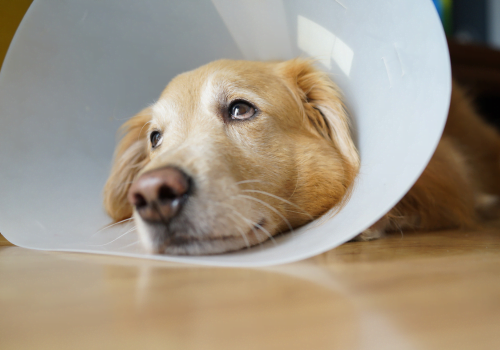
Aftercare and Tips
Monitoring Your Dog’s Behavior
After you’ve put the cone on, keep an eye on your dog’s behavior. It might take a
few days for them to adjust. However, if you notice any signs of distress or discomfort, re-check the fit and make necessary adjustments.
Maintaining the Cone
Remember to keep the cone clean and intact. Wipe it down daily and check for any signs of wear and tear. If it gets damaged, replace it immediately to prevent your dog from accessing their wound or surgical site.
Conclusion
There you have it – a comprehensive guide on how to put on a dog cone. While it might seem like a daunting task, with the right approach and a whole lot of patience, you can make the process much easier for both you and your furry friend.
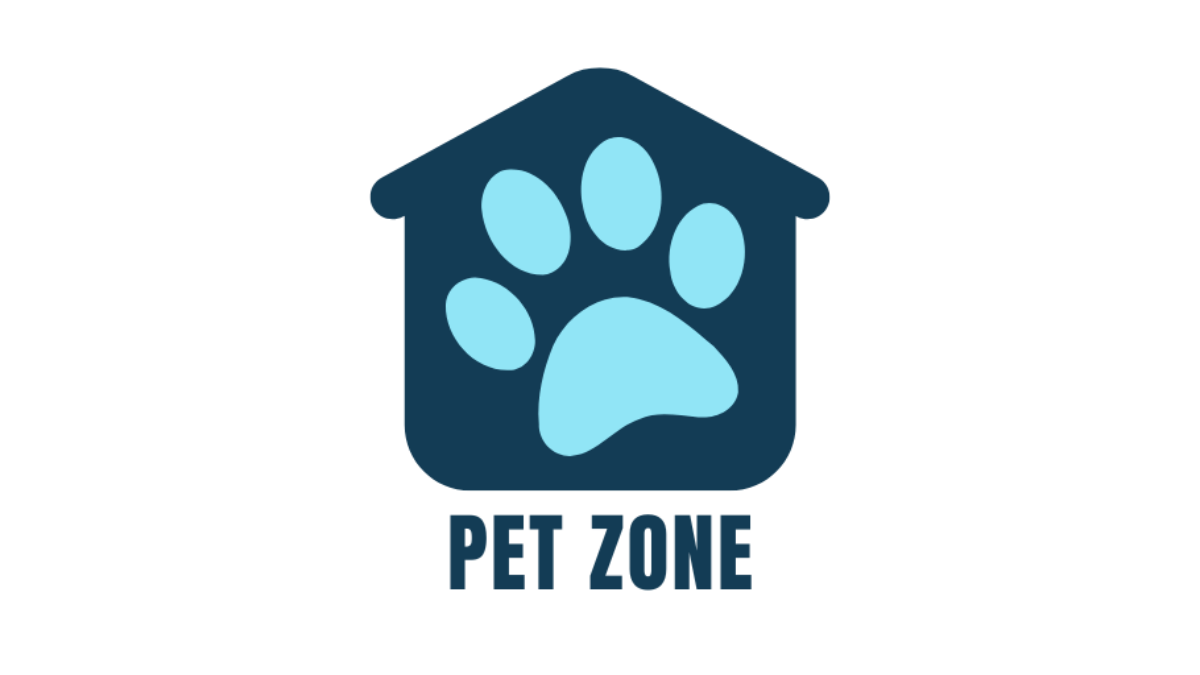

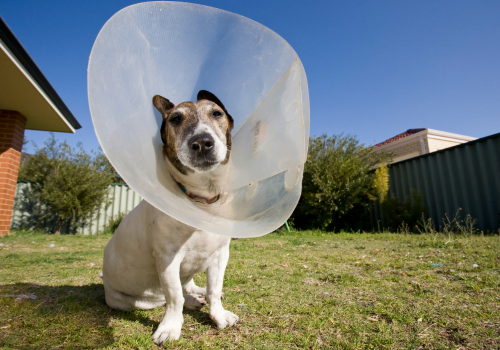
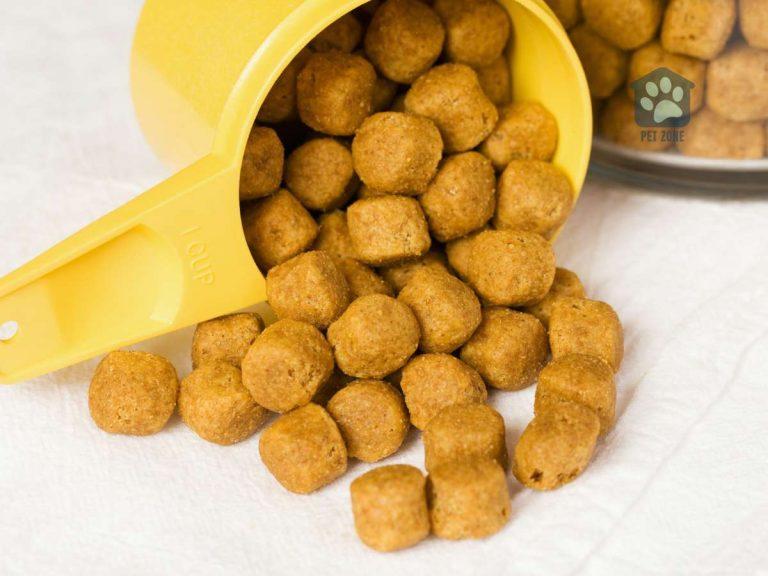



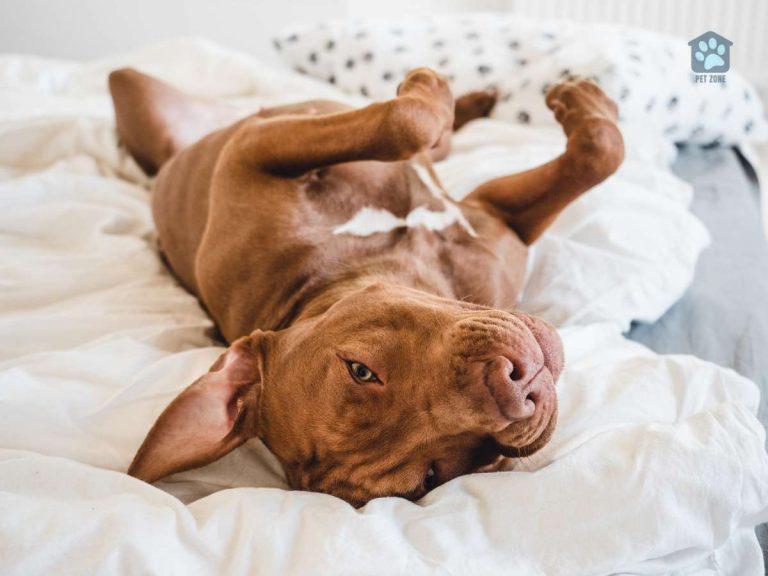
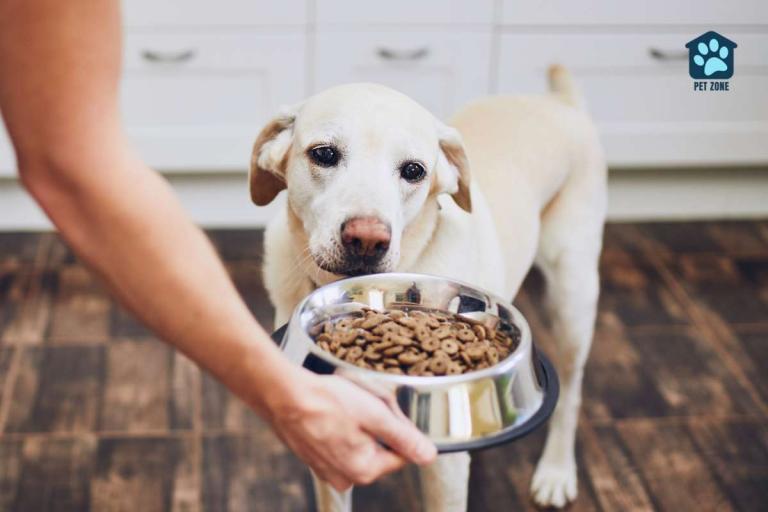
Great info! Thank you.